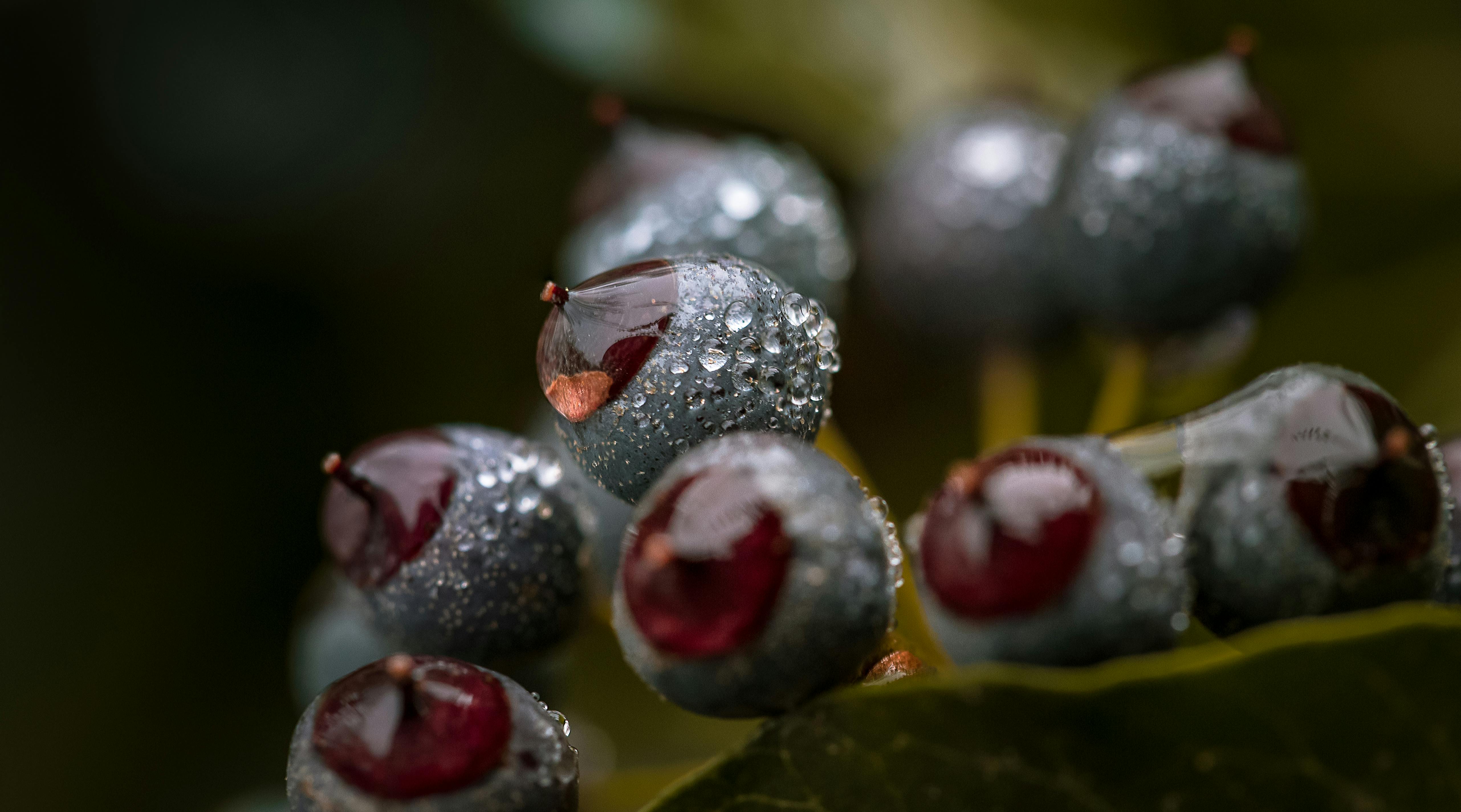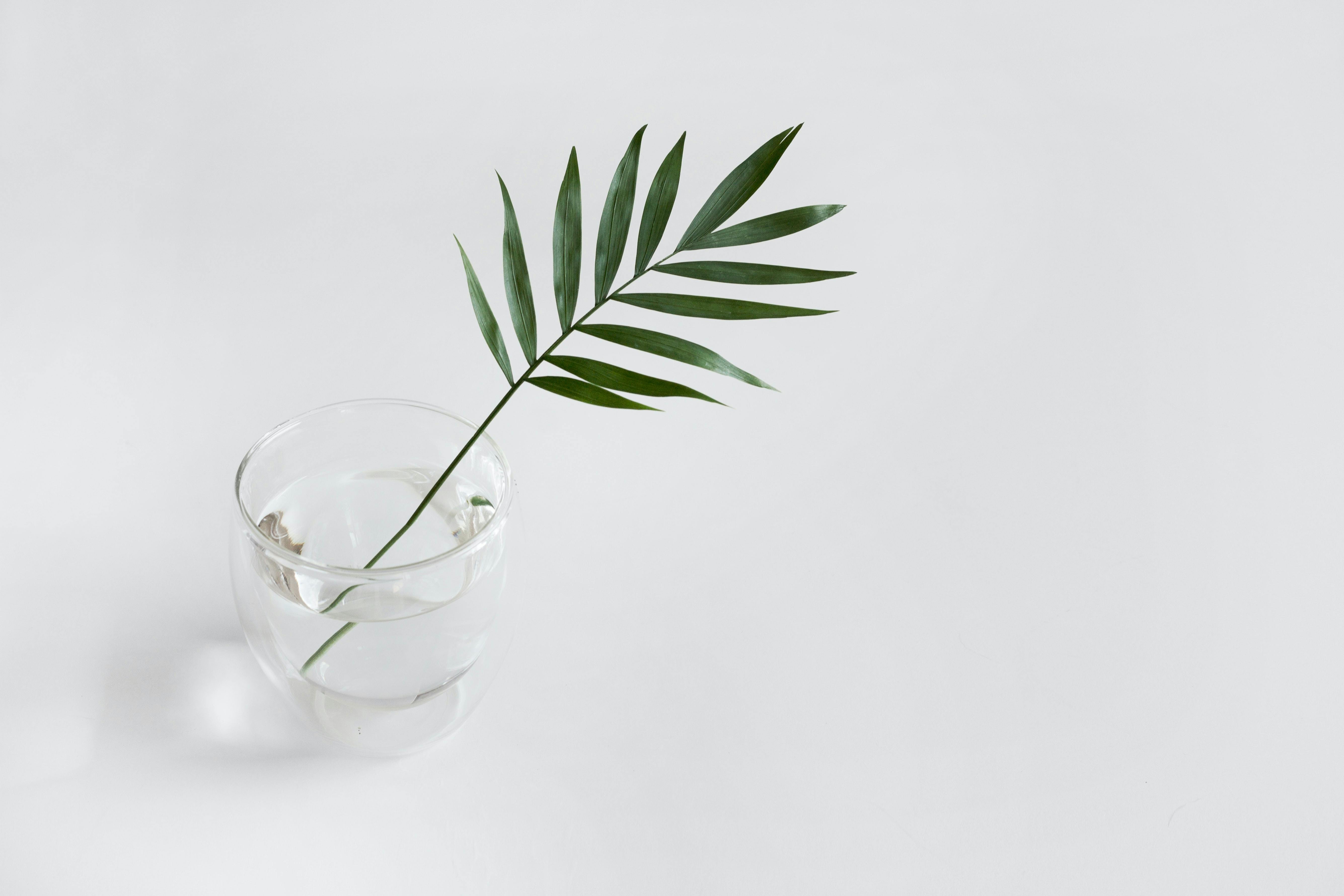Watering your blueberry plant may seem like a daunting task, but it is essential for its health. Knowing how often to water your blueberry plant is the key to keeping it healthy and thriving. In this article, we will discuss how often you should water your blueberry plant and the best ways to ensure it gets adequate water.It is important to water your blueberry plant regularly to ensure it stays healthy and grows properly. You should water it at least once a week, making sure the soil is moist but not soggy. During hot summer months, you may need to water your blueberry plant more often – up to two or three times per week – as the soil can dry out quickly in the heat.
How Much Water Does a Blueberry Plant Need?
Blueberry plants need plenty of water to stay healthy and produce fruit. The amount of water needed for a blueberry plant depends on the type of soil it is grown in, the local climate, and the amount of sunlight the plant receives. In general, blueberry plants need about 1 inch of water per week during the growing season. This includes rainwater as well as any additional watering from irrigation systems or hand-watering with a hose or watering can.
In areas with hot climates and sandy soils, blueberry plants may need more frequent watering. In these cases, it is best to check the soil moisture regularly and water when it is dry down to 2 inches deep. If there are long periods without rain, supplemental irrigation may be necessary to keep the soil moisture consistent. In areas with cooler temperatures and heavier soils, blueberry plants may not require as much water as those in hotter climates.
While blueberry plants need plenty of water during the growing season, they also require good drainage so that their roots do not become waterlogged or rot. Be sure that your soil has good drainage before planting your blueberry bushes and monitor the soil moisture levels throughout the growing season. With adequate water and drainage, your blueberry bushes should thrive and produce delicious berries year after year!
Climate
The climate of the region in which blueberry plants are grown is a major factor influencing their water requirements. Warmer climates and higher temperatures generally require more frequent watering and higher levels of irrigation. In cooler climates, blueberries are likely to require less frequent watering. In areas with high humidity, blueberries may not need to be watered as often, while in arid regions, they may require more frequent watering.
Soil Type
The type of soil in which blueberry plants are grown can also affect their water requirements. Soils with higher levels of organic matter tend to hold onto moisture for longer periods of time, reducing the amount of water needed for the plants. Sandy soils tend to be more porous and will require more frequent watering than soils with higher levels of organic matter.
Plant Size
The size of the blueberry plants is also a factor that affects their water requirements. Larger plants generally need more water than smaller ones due to their larger root systems and higher evapotranspiration rates. Smaller plants will need less frequent watering but still should not be allowed to dry out completely.
Light Conditions
Light conditions play an important role in the water requirements of blueberry plants as well. Plants that receive direct sunlight will require more frequent watering than those that are shaded or partially shaded. Additionally, areas where there is strong wind can cause increased evaporation from the soil, leading to higher levels of irrigation being required for the plants.
Fertilization
Fertilization can also have an effect on the water requirements for blueberry plants as fertilizers can increase growth and lead to increased transpiration rates from the leaves and roots. Therefore, fertilized plants may require more frequent watering than those that are not fertilized in order to ensure optimal growth and health.
Determining When to Water Your Blueberry Plant
Watering your blueberry plant is an important step in ensuring your plant is healthy and produces abundant fruit. Knowing when to water your blueberry plant can be tricky, as too much or too little water can both have negative effects on the health of the plant. The best way to determine when to water your blueberry plant is by checking the soil moisture. If the soil feels dry to the touch, it’s time to water. Try to avoid watering too often, as this can lead to root rot and other diseases.
It’s also important to consider how much you’re watering your blueberry plant at each session. Too much water can lead to problems such as root rot and nutrient deficiencies, while too little water can cause wilting and stunted growth. Aim for about 1-2 inches of water per week, depending on weather conditions and soil type. If you’re using a sprinkler system, make sure it’s set up correctly so that the entire area around the roots is adequately watered.
Monitoring how much rainfall your blueberry plant receives is also a good way to determine when it needs additional watering. If there hasn’t been any rain in several weeks or more, it’s time for a thorough watering or irrigation session. If there has been plenty of rainfall recently, then you may only need to supplement with occasional spot watering if needed.
Finally, it’s important to keep an eye out for signs of drought stress in your blueberry plants such as wilting foliage or yellowing leaves. If you notice these signs, then it may be time for an extra dose of water even if you’ve been keeping up with regular watering sessions already. With these tips in mind, you should be able to keep your blueberry plants healthy and happy for years!
Signs of Overwatering in Blueberry Plants
Overwatering blueberry plants is a common problem, especially for new gardeners. Too much water can cause a variety of symptoms, from wilting leaves to root rot. To ensure healthy blueberry plants, it’s important to monitor the moisture levels in the soil and recognize the signs of overwatering. Here are some common signs of overwatering in blueberry plants:
The first sign of overwatering is yellow or wilted leaves. If the soil around your blueberry plants stays wet for too long, oxygen levels will be depleted and the plant’s roots won’t be able to take up water or nutrients properly. This can lead to yellow or wilted leaves, which can eventually turn brown and die off if the problem isn’t corrected.
Another sign of overwatering is root rot. When too much water saturates the soil around blueberry plants, it prevents oxygen from reaching the roots. Without oxygen, the roots will start to break down and become diseased. The roots may turn a dark brown color and become soft and mushy.
Finally, fungus or mold may start to grow on the surface of the soil if it stays wet for too long. Fungus thrives in moist environments and can cause further damage to your blueberry plants by blocking their access to water and nutrients. If you notice any fungus growing on your soil, you should take action immediately to correct any overwatering issues.
By recognizing these signs of overwatering in blueberry plants, you can take steps to ensure that your plants stay healthy and resilient. Proper watering is essential for keeping your blueberry plants happy and productive!

Signs of Underwatering in Blueberry Plants
Underwatering is a common issue faced by blueberry plants, and can lead to stunted growth and reduced yields of fruit. Signs of underwatering in blueberry plants include wilting, yellowing leaves, dry soil, and a lack of new growth. Wilting is a sign that the leaves are not receiving enough water. The leaves may also turn yellow as the plant struggles to survive with limited water supply. If the soil around the blueberry plant is dry, this is another sign of underwatering. Finally, if there is no new growth visible on the plant, this could indicate that it has not been receiving enough water for new buds to form. If any of these signs are present, it is important to take steps to ensure that your blueberry plant receives adequate hydration.
To prevent underwatering in blueberry plants, it is important to ensure that they receive an adequate amount of water on a regular basis. Blueberries require 1-2 inches of water per week in order for them to thrive. It is best to water them deeply and infrequently rather than lightly watering them every day. Additionally, mulching the soil around the plants can help to retain moisture so that less frequent watering is needed. Taking these steps will help ensure that your blueberry plants have access to the hydration they need for healthy growth and production of fruit.
The Best Time of Day to Water a Blueberry Plant
Watering a blueberry plant can be an important part of keeping it healthy and productive. The best time of day to water a blueberry plant is in the morning, just before the sun rises or shortly afterwards. This allows the water to reach the roots before the heat of the day sets in and helps prevent excessive evaporation from taking place. It also gives the plant time to absorb nutrients from the soil as it is watered. The morning time is also ideal because it gives plants time to dry out during the day, which helps prevent diseases such as root rot.
When watering a blueberry plant, make sure that you water deeply and thoroughly. This will help ensure that moisture reaches all parts of the root system and not just certain areas. Additionally, avoid over-watering as this can cause root rot and other diseases. It’s best to use a slow trickle rather than a powerful spray to help reduce surface runoff and wastefulness. During periods when rainfall is light or absent, increase watering frequency but not necessarily amount for optimal health of your blueberry plant.
Finally, remember that water requirements for blueberries vary depending on climate and soil type so be sure to check with your local Extension office or consult an expert for advice on how much water your particular plant needs each day or week. With proper care, your blueberry bush will produce delicious berries for many years to come!
Different Ways to Water a Blueberry Plant
Watering a blueberry plant is an essential part of its care and maintenance. To ensure your blueberry plant is growing healthy and producing abundant fruit, it’s important to water regularly and appropriately. There are several ways to water a blueberry plant, some of which are more effective than others. Here are some of the best methods for watering your blueberry plant:
Drip Irrigation System
One of the most effective ways to water a blueberry plant is with a drip irrigation system. This system slowly and evenly distributes water directly to the roots, ensuring that they get the right amount of moisture without any wastage. The system can be automated and adjusted according to the needs of your plants, making it an ideal choice for busy gardeners.
Hand Watering
Hand watering is another popular method for watering a blueberry plant. It’s relatively easy to do and can be done on a regular basis without much effort. When hand-watering, make sure you’re not over-watering or under-watering the plants; both can cause problems with growth and fruit production. When hand-watering, use a gentle shower setting so as not to disturb any nearby plants or soil structure.
Mulching
Mulching is another great way to retain moisture in the soil around your blueberry plants. Mulch helps keep soil temperatures consistent and prevents weeds from taking root near your plants. It also helps reduce evaporation from the soil surface, which helps maintain an even watering pattern for your plants. Make sure you use organic mulch like wood chips or straw as these will help add nutrients into the soil as well as help retain moisture levels.
Rain Barrels
Rain barrels are also an effective way to water your blueberry plants without using extra resources like tap water or electricity. Collected rainwater can be used directly on your blueberry plants instead of relying on city water or other sources that may have added chemicals or salts that could damage the plants’ root systems. Rain barrels should be placed in areas where they can easily collect rainwater without causing flooding in other areas of your garden or yard.
By using one or more of these methods, you’ll be able to keep your blueberries well watered while conserving resources at the same time. Watering regularly will help ensure that you get plenty of delicious fruits come harvest time!

Conclusion
Watering a blueberry plant is an important part of its care. It should be done regularly, and the amount of water should vary depending on the season. During the summer months, you’ll need to water more often, while during the winter months you’ll need to reduce how much you water.
Be sure to check the soil moisture level regularly and adjust your watering schedule accordingly. If it’s too dry, give your plant an extra drink of water. If it’s too wet, hold off for a few days until the soil dries out a bit.
By following these tips, you can ensure that your blueberry plant stays healthy and produces plenty of delicious berries for many years to come!



